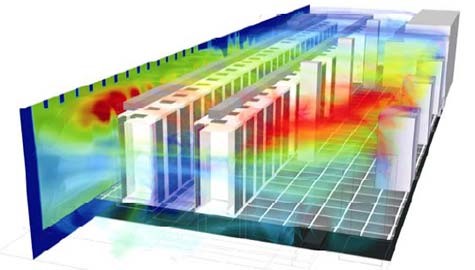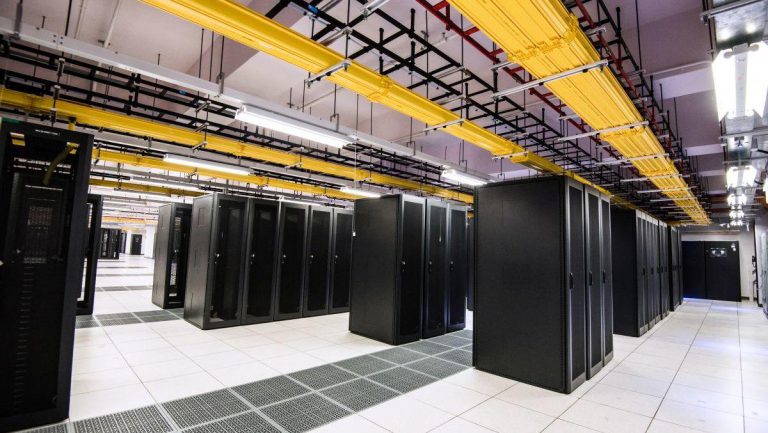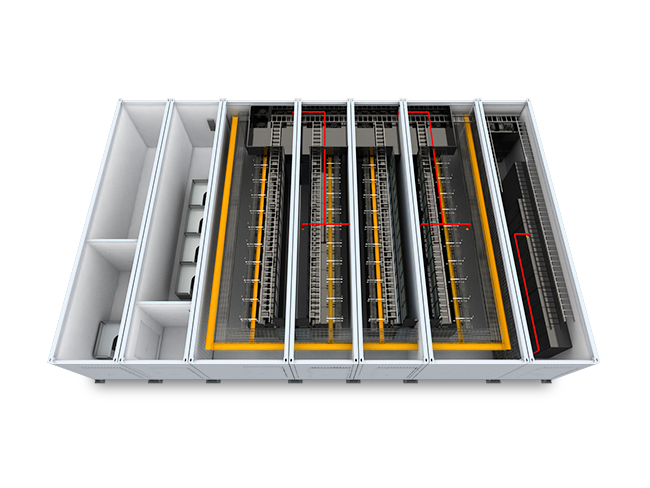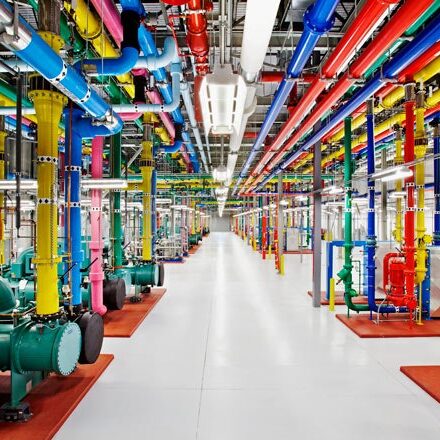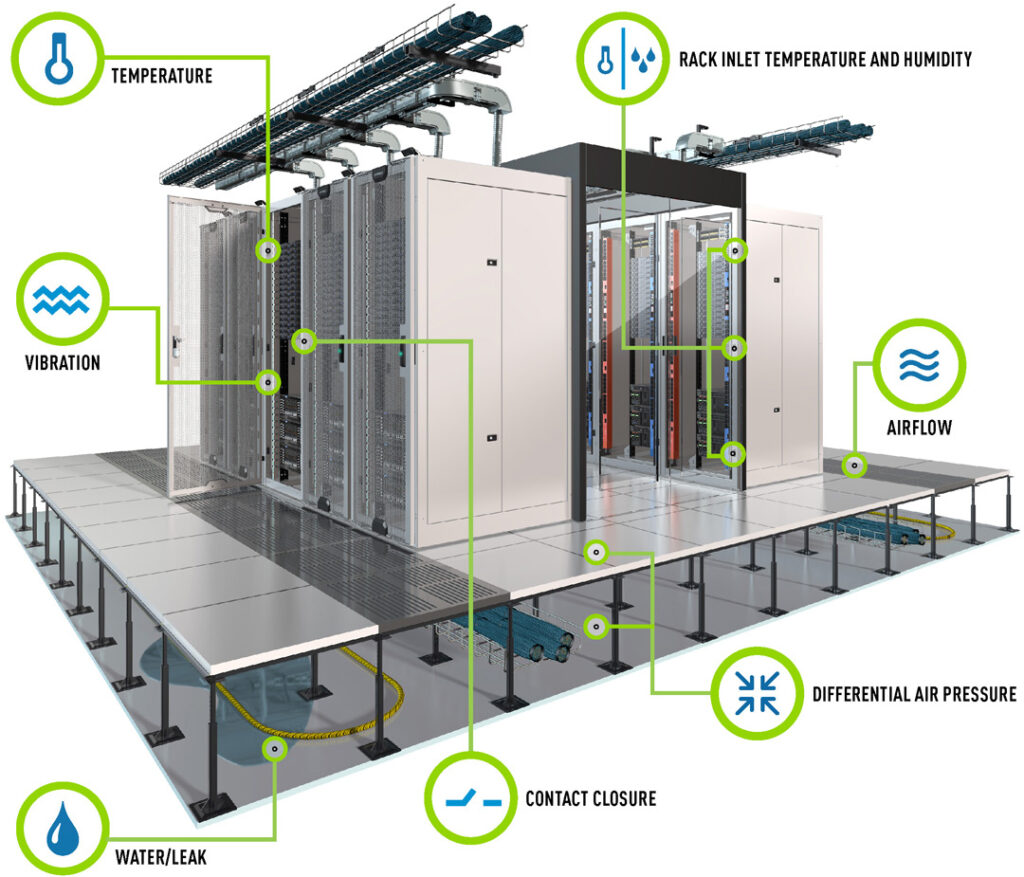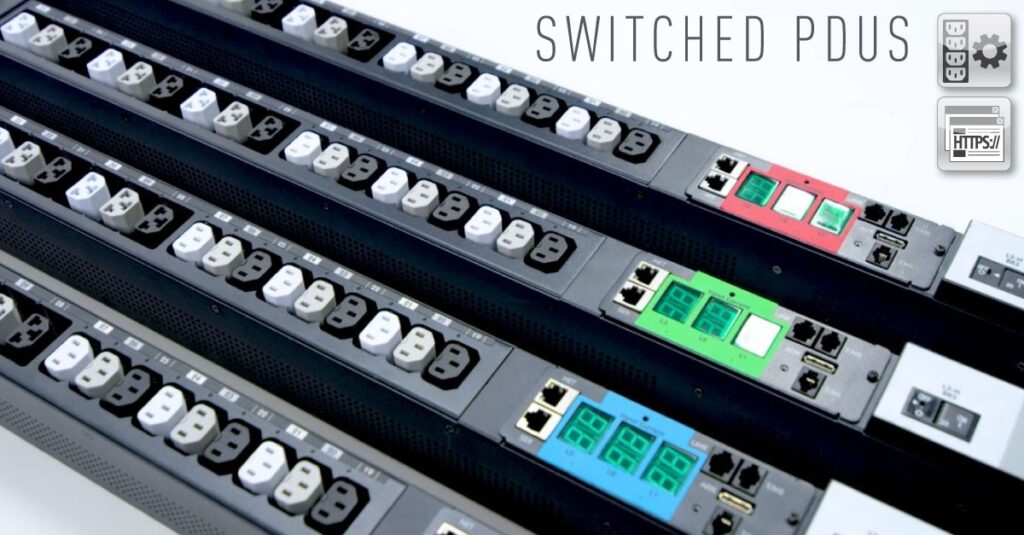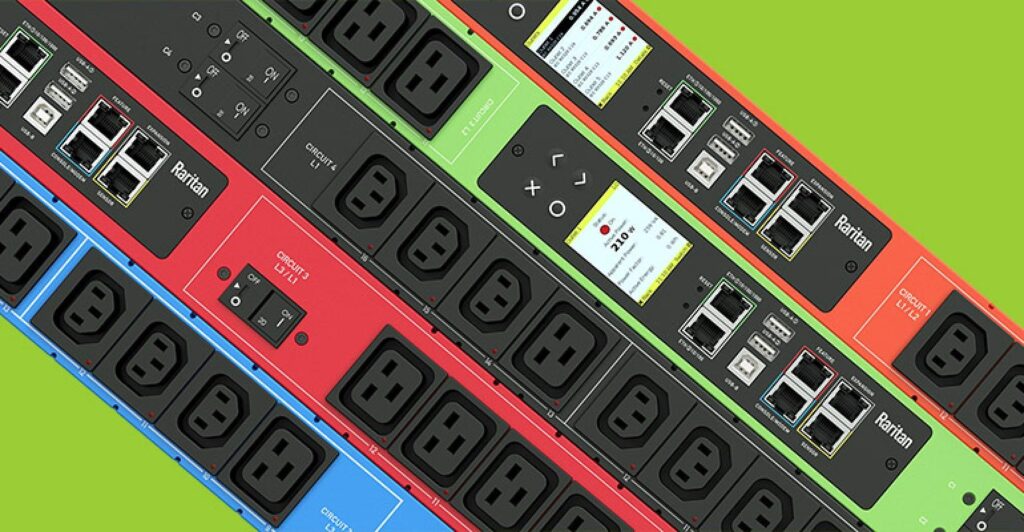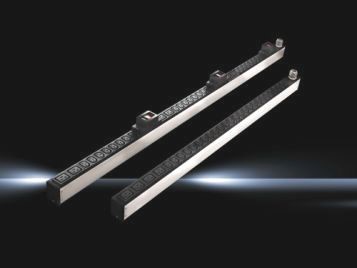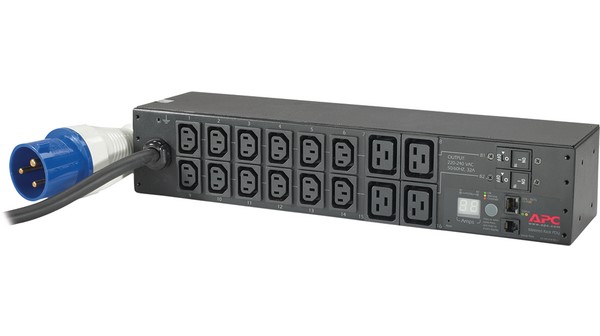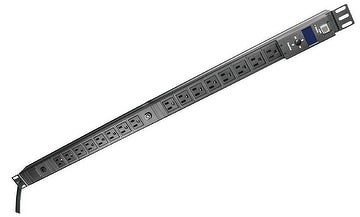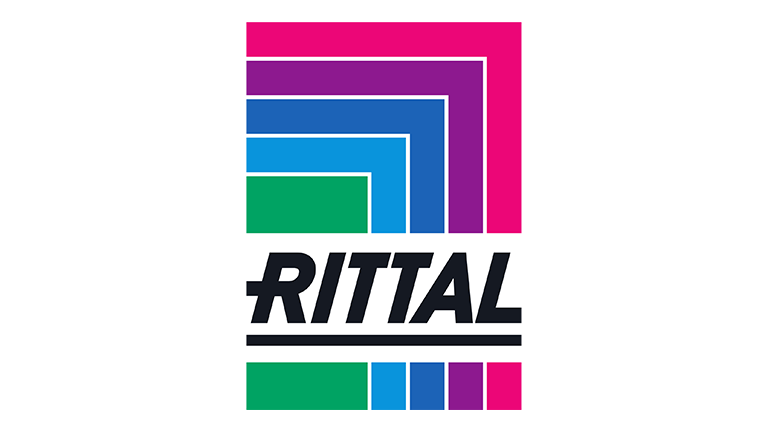Data Center Monitoring and Management
Defining- Data Denter infrastructure management (DCIM) software?
Data center infrastructure management (DCIM) tools monitor, measure, manage and/or control data center resources and energy consumption of both IT-related equipment (such as servers, storage and network switches) and facilities infrastructure components (such as power distribution units and computer room air conditioners). They are data-center-specific (they are designed for data center use), rather than general building management system tools, and are used to optimize data center power, cooling and physical space.
Solutions do not have to be sensor-based, but they do have to be designed to accommodate real-time power and temperature/environmental monitoring. They must also support resource management,
- Gartner defines as going beyond typical IT asset management to include the location and interrelationships between assets.
The energy required to store and maintain large amounts of data can be used with greater efficiency if the infrastructure of that data is appropriately managed. One of the most important aspects here would be proper temperature management, which is absolutely vital to keep the equipment running and maintain its functionality. Cooling systems tend to be highly energy-intensive, and often use as much (or even more) energy as the servers they support. On the other hand, a well-designed cooling system may use only a small fraction of that energy.
Data Center Power Consumption
Moving with the need of the times, nowadays, software tools have been developed to tackle the specific needs of a data center, termed to as Data Center Infrastructure Management (DCIM). One such tool is computational fluid dynamics (CFD). Fluid flow simulation allows HVAC design engineers to visualize airflow patterns and predict the flow distribution, and use this information to optimize the supply air temperature and the supply air flow rate, reducing the overall cooling costs. Identifying the hotspot.
Computational Fluid Dynamics (CFD)
CFD allows us to model airflows and temperatures within the data center using scientific prediction, evaluation and optimisation of the intended design approach to inform the ongoing or proposed design. The software lets us to test multiple design options or approaches and to validate decisions in the design process quickly and at minimal cost. The ability to visualise the predicted temperature distribution and airflow at both room and cabinet level provides invaluable early indications of possible room performance. Our engineers understand the limitations of this software and use their experience to interpret the results and make decisions from the simulations. We have developed ‘add-on’ tools to assess how the systems respond during a partial or complete site power failure and how the chilled water network (if present) feeding the data hall cooling units interacts with the airside systems. These tools allow us to predict resilience and response times of the total data center space to site wide failures.
A Data Center CFD Model Showing Airflow
Data Center technologies this thermal modeling using Computational Fluid Dynamics (CFD), we analyzing the effectiveness of cooling within the racks and aisles. the above show 3D visualizations of a data center look visually striking, but effectively observing it can save data center owners huge cut in cost by identifying areas where cold air is not reaching equipment or is mixing with hot air.
Notably cooling represent 40 percent of energy usage in some data centers, the savings from a CFD analysis can provide significant contribution.
Furthermore, DCIM is an attentive tool displaying around the clock Data Center health
Data Center Infrastructure Management monitors PDUs, environment sensors – temperature, humidity, airflow, pressure, water, smoke, contact closure sensors, CCTV and more.
A Comprehensive DCIM contains operations tool and monitoring software, with a configurable dashboard, alerts, cooling charts and tools to calculate savings from increasing rack temperatures.
Most DCIM are compatible with many third-party equipment like PDU’s, UPS, Cooling units.
Data Centers And Acoustics
Data center equipment and solutions have advanced rapidly, especially around improving storage capacity and data efficiency. To keep pace with these developments, healthcare facilities are one of the many industries recognizing the benefits for advanced data storage and security, particularly for patient data. Such data is primarily stored within hard disk drives (HDDs), equipment that can successfully hold large amounts of data but can also be sensitive to vibrations from acoustic sound output. This output can emerge in the form of supersonic discharge from activated fire suppression systems, creating vibrations within HDDs and severely impacting its performance and data integrity. Other building systems and environmental factors.
such as construction materials, can also increase HDD exposure to acoustic vibrations, heightening the risk of system interruption and downtime.
The intensity of sound output is dependent on a range of factors, including discharge duration for fire suppression systems, peak agent flow rate and valve technology. Research has found that HDDs can withstand exposure to sounds up to 110 decibels before experiencing a 50% reduction in performance. Further testing found the sounds from fire suppression systems can reach up to 130 decibels, the same level of sound an airplane generates during takeoff and nearly loud enough to cause eardrum rupture. Without implementing acoustic suppression solutions, mission critical facilities can potentially lose massive amounts of sensitive data.
For mission critical facilities, this can be particularly detrimental when dealing with patient data, medical records and histories, and billing information. To protect these data, facilities should understand the level of acoustic noise generated by fire suppression systems. Measuring the source and path of acoustics can provide managers with insights to determine the potential impact it could have on data center technology and take the next steps needed to prevent any damage and protect previous data. To reduce risk of damage, system downtime, and loss of revenue, the key for facilities is implementing sound-suppressing acoustic nozzles.
The Solution: Acoustic Suppression Solutions
Acoustic nozzles and other sound suppression technologies help improve the absorption of noise and reduce soundwaves from fire suppression systems. These technologies lower sound power to ensure that the installation flow rate, discharge time, and required area coverage is specified to the appropriate levels of specific data centers. This also helps to keep acoustic levels at no more than 110 decibels to protect facility systems and data.
such as construction materials, can also increase HDD exposure to acoustic vibrations, heightening the risk of system interruption and downtime.
The intensity of sound output is dependent on a range of factors, including discharge duration for fire suppression systems, peak agent flow rate and valve technology. Research has found that HDDs can withstand exposure to sounds up to 110 decibels before experiencing a 50% reduction in performance. Further testing found the sounds from fire suppression systems can reach up to 130 decibels, the same level of sound an airplane generates during takeoff and nearly loud enough to cause eardrum rupture. Without implementing acoustic suppression solutions, mission critical facilities can potentially lose massive amounts of sensitive data.
For mission critical facilities, this can be particularly detrimental when dealing with patient data, medical records and histories, and billing information. To protect these data, facilities should understand the level of acoustic noise generated by fire suppression systems. Measuring the source and path of acoustics can provide managers with insights to determine the potential impact it could have on data center technology and take the next steps needed to prevent any damage and protect previous data. To reduce risk of damage, system downtime, and loss of revenue, the key for facilities is implementing sound-suppressing acoustic nozzles.
Acoustics
Acoustics Heavily serviced data centres typically result in noisy plants. Our acoustics team have broad international experience of noise control in data centres and use acoustic models to assess noise from large, complex sites. In addition to Data Center noise control to atmosphere, we can also carry out assessments of noise affecting internal office areas for compliance with standards.
Environment Management System(EMS)
DC Infrastructure is the critical lifeline for data center and facility. Equipment such as sensors, air conditioning systems, generators, water leak detection system, PACU, FDAS, and UPS needs to operate at its full capacity to ensure uninterrupted operation. Proper monitoring helps proactive management of threats which can help avert catastrophe inside the DC room.
EMS monitors critical factors like water leak, temperature, humidity, fire, power and much more. It allows user to keep an eye on different devices remotely and in real-time . The monitoring device provides a 24/7 operation where once an equipment fails or a problem arise, it will instantly notify you through SMS and email. EMS supports timely diagnose of equipment failure, downtime, financial loss, and loss of reputation.
Power Distribution Units
There are four types of rack PDUs:



